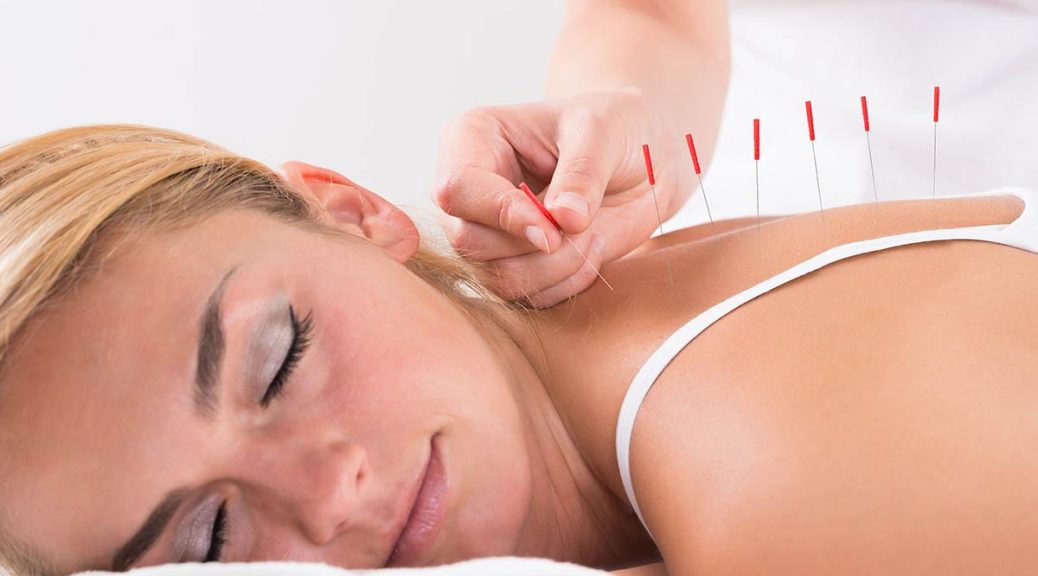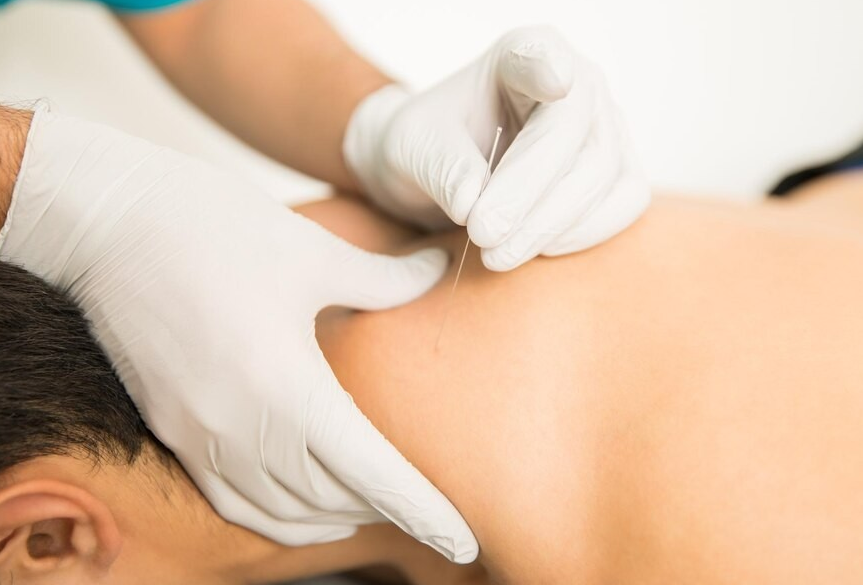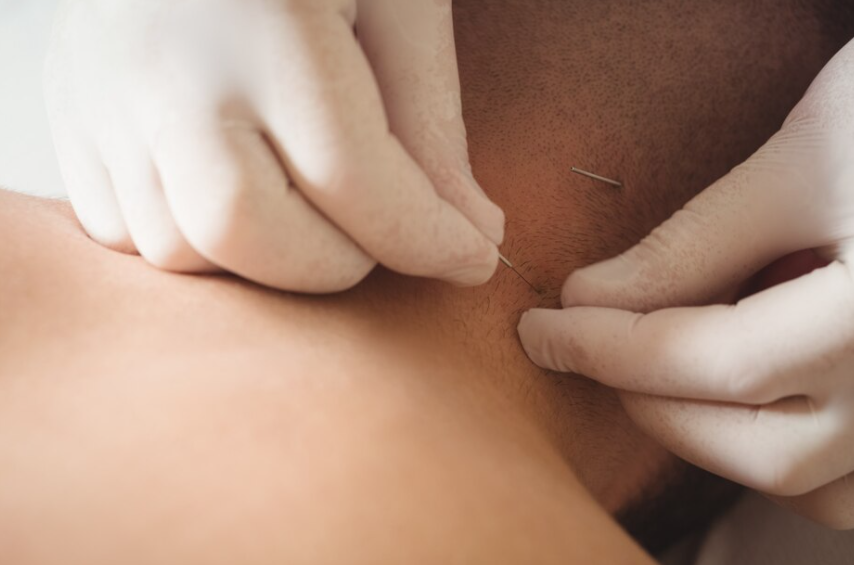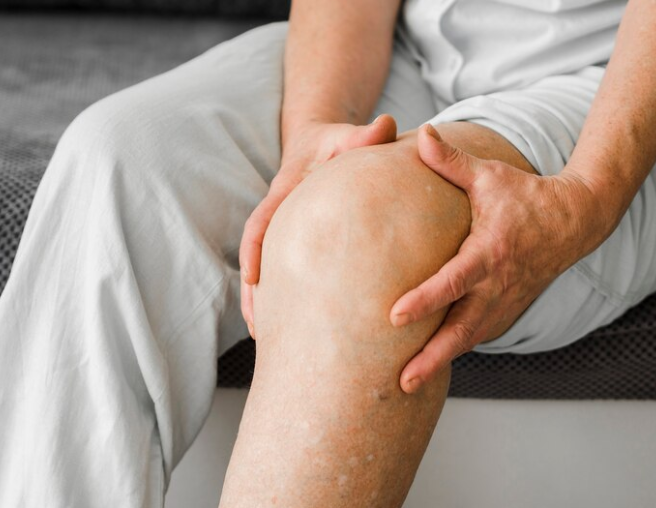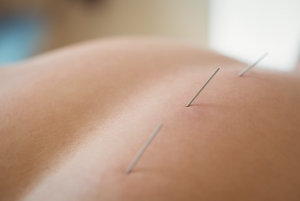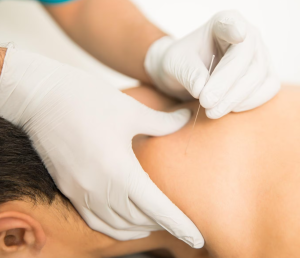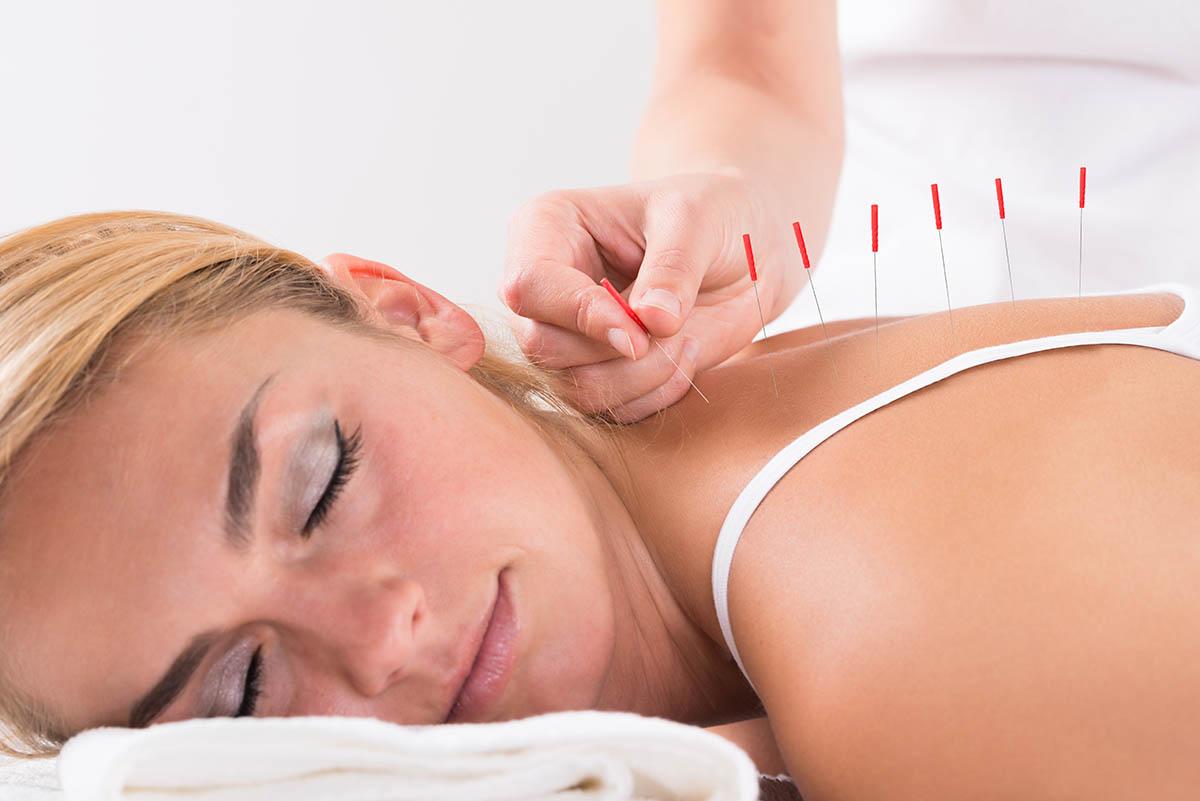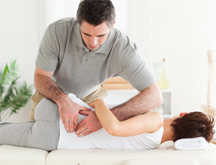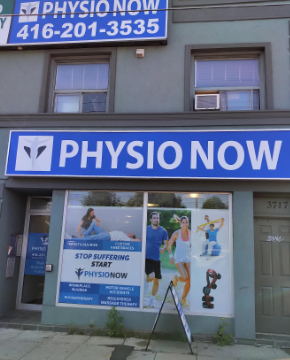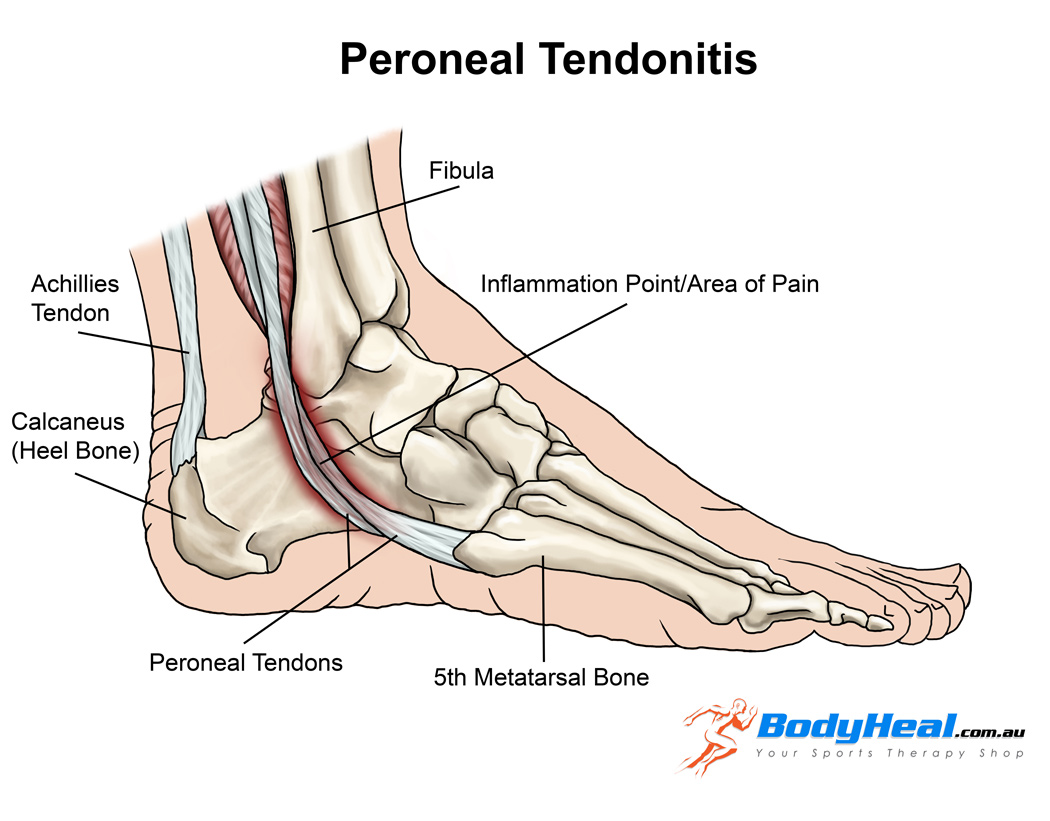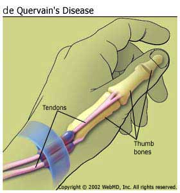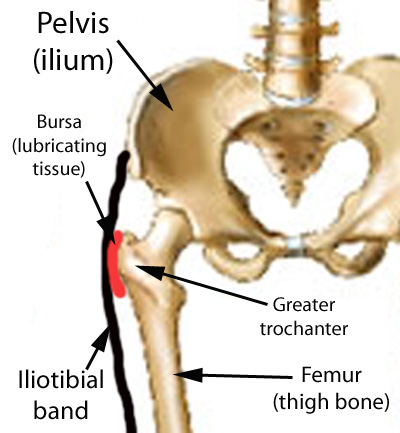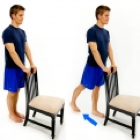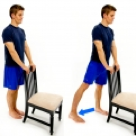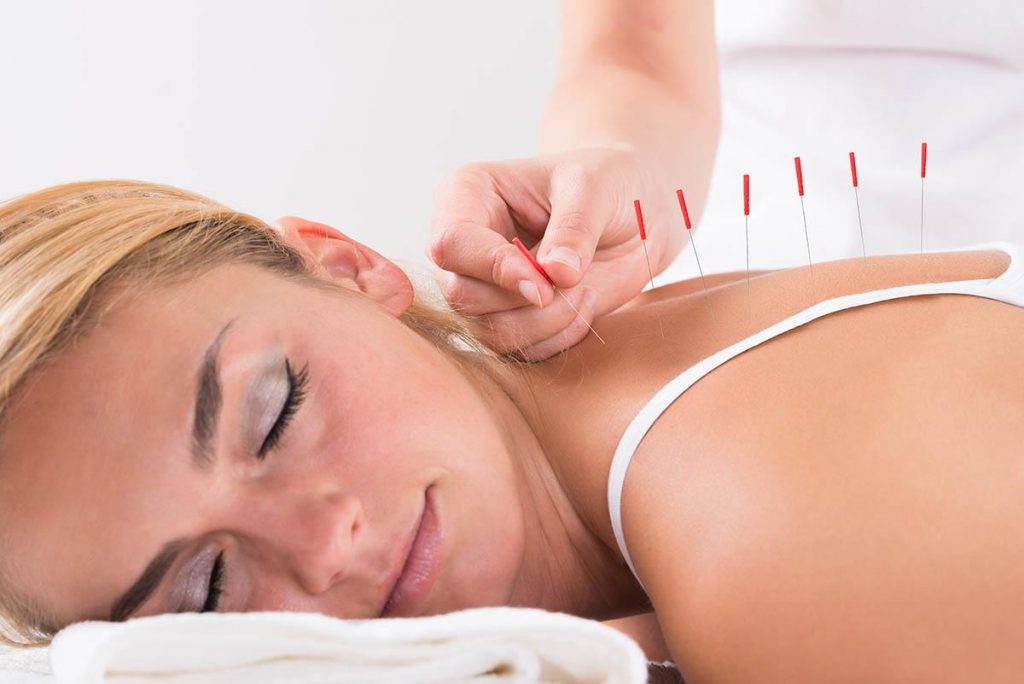
If you’ve been searching for pain and anxiety relief, you may have come across acupuncture treatment in your search. We are pleased to announce that PhysioNow offers acupuncture services in Mississauga, Oakville, Burlington and Etobicoke. More people are turning to acupuncture to help manage pain, reduce stress, and support their overall well-being. At our physiotherapy clinic, all acupuncture treatments are provided by licensed physiotherapists so you get a blend of traditional techniques with modern, evidence-based care.
Whether you’re curious about acupuncture for pain relief or wondering how it might help with anxiety, read on to find out everything you need to know about this technique and what to expect at your first appointment.
What is acupuncture?
Acupuncture is a treatment that originated in Traditional Chinese Medicine (TCM) and has been practiced for thousands of years. It involves inserting very thin, sterile needles into specific points on the body to promote natural healing, improve circulation, and restore balance. Modern research supports the use of acupuncture, especially in certain conditions like headaches. It has been shown to help stimulate the nervous system, release endorphins (your body’s natural painkillers), and even improve mood regulation.
Why we combine acupuncture and physiotherapy
Many people try acupuncture for pain relief or stress, and in combination with physiotherapy, it offers even more benefits. When provided by healthcare professionals like physiotherapists, you can trust you’re receiving holistic, evidence-proven care. Acupuncture is just one of the potential tools of a physiotherapist and you can trust that it is a safe, targeted treatment option that fits into your overall rehabilitation plan. Our physiotherapists at PhysioNow that practice needling have all been publicly recognized and registered by the College of Physiotherapists Ontario in having the proper training and ability to perform these treatments safely.
If you’re searching for acupuncture in Mississauga, Oakville, Burlington, or Etobicoke, then you’re probably looking for one of the following:
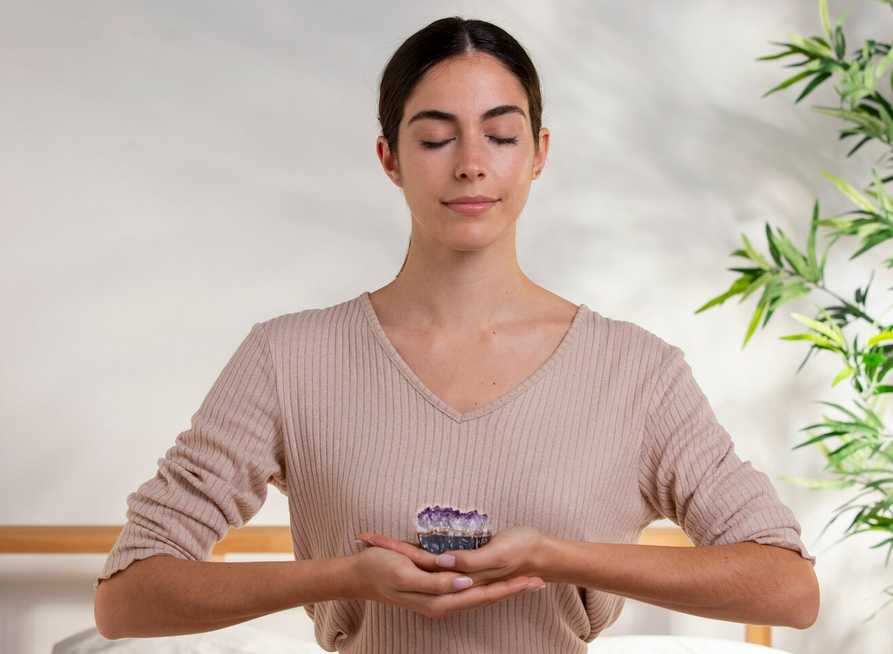
- Pain management: Acupuncture may help reduce muscle tension and inflammation. Next, we combine it with physiotherapy exercises for conditions like back pain, neck pain, or sports injuries to restore function
- Anxiety and stress support: Research suggests acupuncture can help calm the nervous system, making it helpful for stress and anxiety relief. We know that stress can be a big driver of pain and disability in our injured patients and is very important to address
- Enhanced recovery: By improving circulation and reducing muscle tightness, acupuncture can prepare your body for better results during physiotherapy sessions
- Whole-body approach: Physiotherapists use acupuncture as part of a bigger plan, combining it with manual therapy, exercises, and education to ensure we address the root cause of your symptoms
What to expect from your first acupuncture session
Walking into your first acupuncture appointment at PhysioNow can feel a little intimidating, but knowing what to expect can help you feel at ease. You will meet your treating physiotherapist, and the session may be structured as follows:
- Initial assessment: Your physiotherapist will start by discussing your symptoms, medical history, goals, and how you move. They will ensure that acupuncture is appropriate and safe for your condition
- Develop a personalized treatment plan: The acupuncture points chosen will be based on your specific symptoms and areas of need, whether it’s pain relief, stress reduction, muscle tension. If you have chosen to participate in physiotherapy as well, then treatment may also include more classic methods such as manual therapy, therapeutic exercises, and more. For the sake of this blog, we’ll focus on the acupuncture part!
- The acupuncture treatment: The needles are very thin, and most people feel little to no discomfort when they’re inserted. You may feel a dull ache or tingling sensation, which is normal and a sign the treatment is working
- Relaxation time: Needles typically stay in place for about 15–30 minutes while you relax in a comfortable position
- Aftercare: Some people feel deeply relaxed after treatment, while others notice pain relief within hours or days. Some normal, but minor side effects to note can be soreness, mild bleeding or bruising, fatigue, dizziness, or becoming lightheaded. Everyone’s reaction is different and your physiotherapist will tell you how to take care of yourself and what to watch for
- Follow-up sessions: The frequency of treatment will depend greatly on individual factors. Your physiotherapist will discuss their recommendations and help you set up a treatment plan for success!
Ready to get started?
Acupuncture can be a powerful tool for pain relief, anxiety, and overall well-being. This is especially true when delivered by expert physiotherapists who understand your body’s mechanics. If you’ve been looking for acupuncture treatment in Mississauga, Oakville, Burlington, or Etobicoke, look for PhysioNow! Book with us today for your first assessment and treatment! You can find us at 289-724-0448 or applewood@physionow.ca. Please feel free to contact us with any further questions you may have.
Images by FreePik
